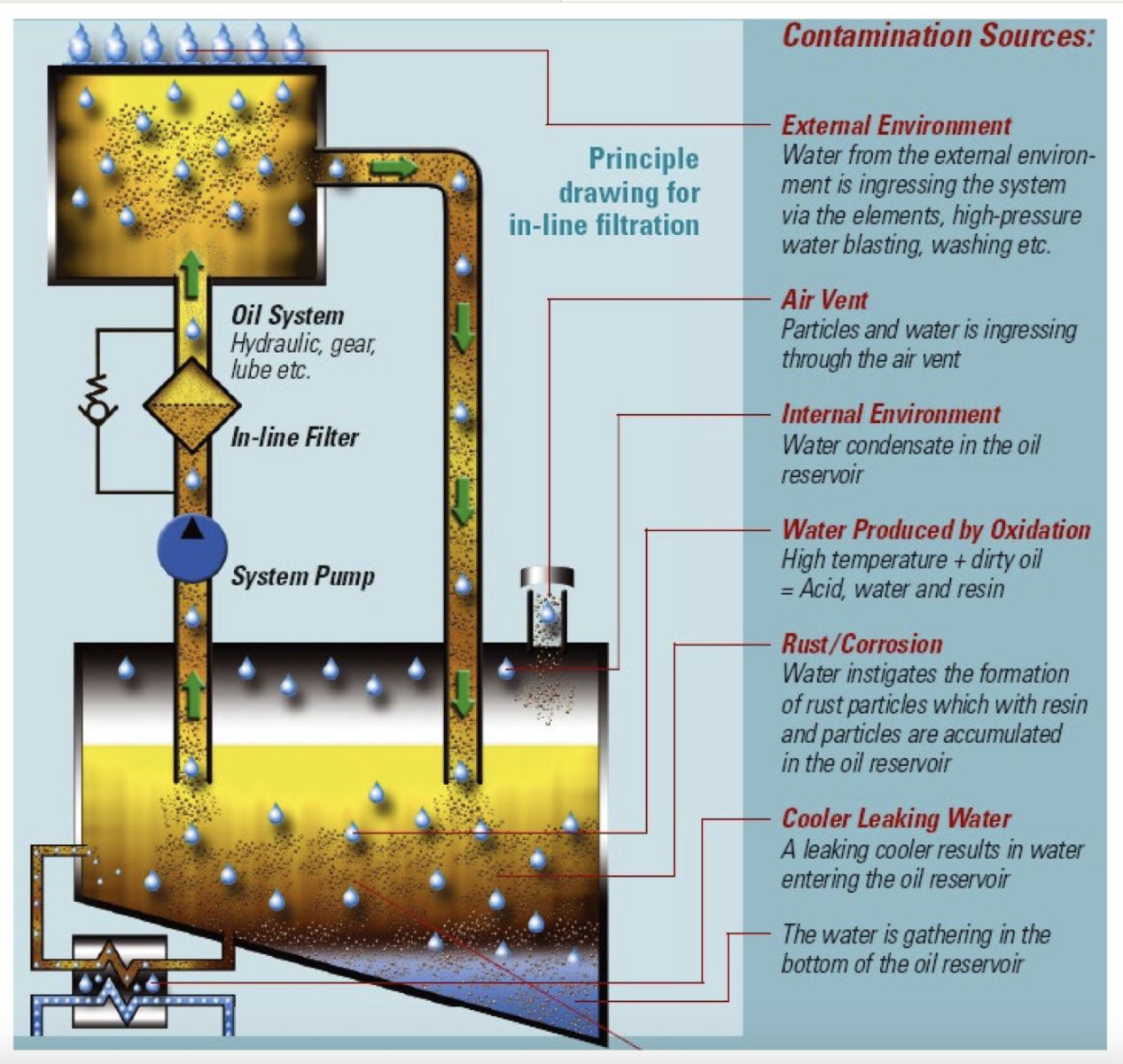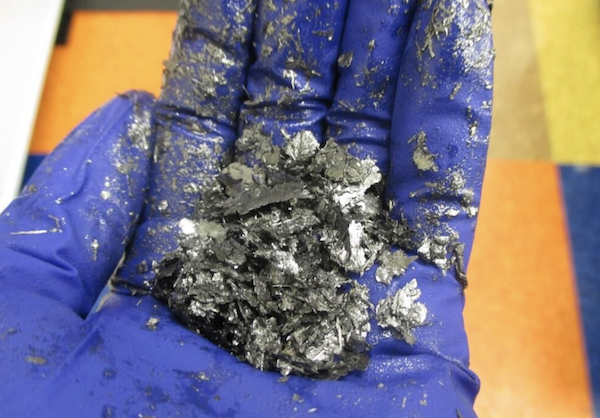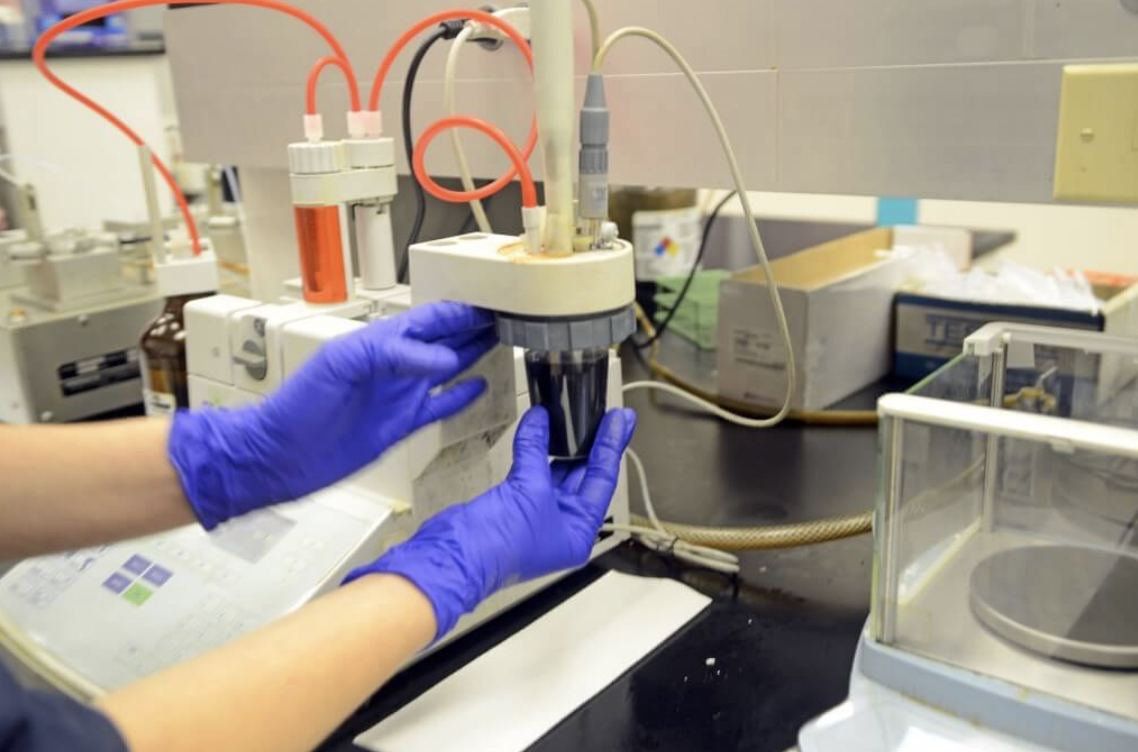Don’t Throw Out Those Used Oil Filters Information that could prevent costly downtime is hiding inside
Used wind turbine filters hold a wealth of information that just may end up saving individual components, or even the entire turbine. All too often, the filter is discarded during maintenance and never examined. This means some very critical information that traditional oil analysis won’t pick up is lost.
 It’s best practice to routinely send filters out for analysis at every changeout, but in between, there are indicators that the filter may need to be analyzed. These include:
It’s best practice to routinely send filters out for analysis at every changeout, but in between, there are indicators that the filter may need to be analyzed. These include:
- High differential pressure within the filter
- More wear metals in the fluid
- Increasing vibration analysis values, etc.
The only particles that can be analyzed in traditional oil analysis are those that are circulating in the oil (smaller than the filter size) or that are promptly discharged in the oil before filtering. Because filters are getting finer and finer in order to generate increasingly longer lifecycles, 95 percent of the wear debris that may offer helpful information about the state of the gearbox is trapped in the filter and never makes it into an oil sample.
This is where Filter Debris Analysis (FDA) comes in. Although some businesses have been taking advantage of FDA for decades, the wind energy industry is just starting to adopt it—part of the reason for this reticence is the logistical challenge of removing the filter. However, even during routine changeout, the filter is typically thrown out, which results in the loss of a very important aspect of the machine condition picture.
The detection and monitoring of wear particles are main goals of FDA. Metallic particles that are not detected in the fluid during oil analysis will likely be revealed through FDA. This will provide an early indication of machine wear to reveal the type of wear occurring as well as its severity.

Metal particles are produced as a result of friction that occurs between equipment components. FDA facilitates identification of the precise components exhibiting excessive wear and will gauge the seriousness of the issue by evaluating the size, shape, and composition of these particles. This information aids in prioritizing maintenance tasks such as changing out worn parts or modifying lubrication procedures. In some cases, it also helps identify the need to have a spare on hand.
Additionally, FDA enables the discovery of contaminants that might have entered the oil system from outside sources. Dirt, sand, water, or even the aftereffects of prior maintenance projects are examples of these contaminants. Armed with this information, along with the types and quantities of these contaminants, maintenance teams can then find probable cause and take corrective action to stop additional ingress. This is especially important with wind turbines, where even tiny particles can result in serious harm.

The FDA test equipment is a self-contained unit that uses an automated filter washing procedure to remove all inorganic particles from the filter with repeatability and reproducibility. The procedure involves placing the used filter in the system wash chamber, where fluid and compressed air are combined to clean the filter of all particles. The wash liquid that contains the filter debris is collected and the results are examined.
FDA analysis identifies the metals present in the filter. The end user can then use this information (along with information about the metallurgy of the various components of the equipment) to help determine which components are generating the wear. This allows accurate scheduling of maintenance to help avert any catastrophic failures. The potential for cost savings is very high.
In short, FDA will:
- Detect component failure early enough to remediate the cause
- Provide a link between elemental analysis and particle count
- Determine particle size, type, and wear mechanism
- Facilitate root cause analysis
- Serve as a guide for taking action
FDA may detect something serious that requires further investigation, such as a significant amount of organic material. At that point, the lab may recommend Material Identification Analysis (MIA) to pinpoint the problem and facilitate prompt action.
MIA is an in-depth investigation designed to identify the root cause of a problem, or the origin of foreign material. The analysis involves various analytical and sample preparation techniques to assess the origin of the foreign material and provide recommendations for resolution.
 Mary Messuti is the President of Eurofins TestOil, Inc. located in Strongsville, Ohio. She holds a BS in Industrial Engineering from West Virginia University and an MS in Operations Management from Rensselaer Polytechnic Institute in NY. She holds a certificate in Investment Banking from NYU, as well as various other accreditations such as MLTI, PMP and SHRM-SCP certification. She has a passion for Reliability Engineering and Asset Management. Mary has over 25 years of experience in both laboratory management and heavy industrial/aerospace manufacturing environments.
Mary Messuti is the President of Eurofins TestOil, Inc. located in Strongsville, Ohio. She holds a BS in Industrial Engineering from West Virginia University and an MS in Operations Management from Rensselaer Polytechnic Institute in NY. She holds a certificate in Investment Banking from NYU, as well as various other accreditations such as MLTI, PMP and SHRM-SCP certification. She has a passion for Reliability Engineering and Asset Management. Mary has over 25 years of experience in both laboratory management and heavy industrial/aerospace manufacturing environments.
Eurofins TestOil, Inc. | testoil.com
Author: Mary Messuti
Volume: 2023 September/October












